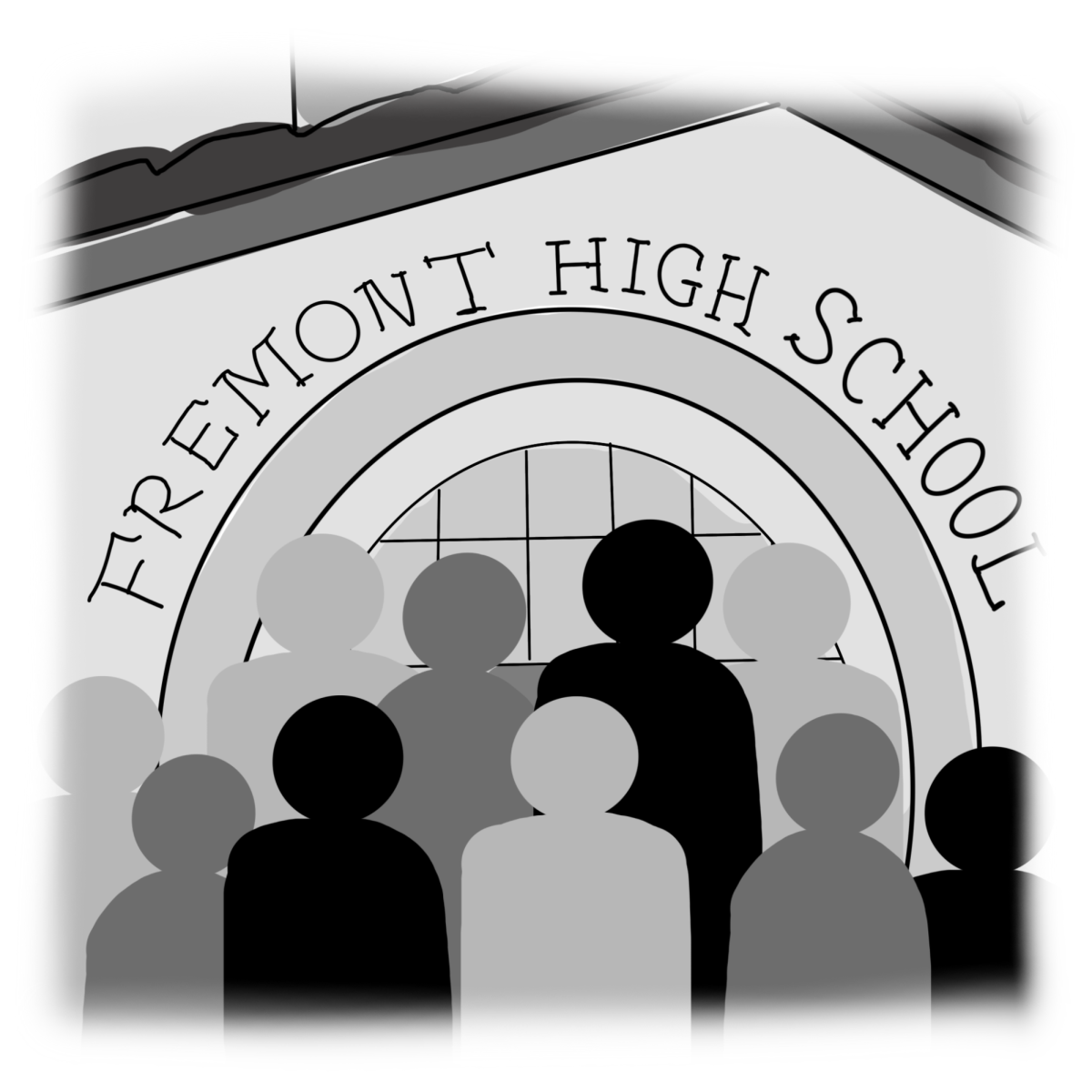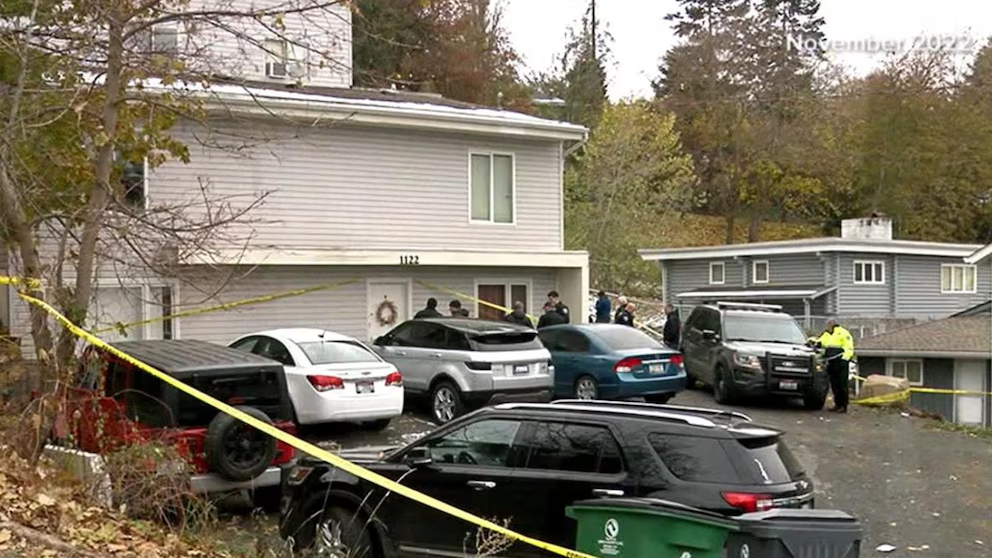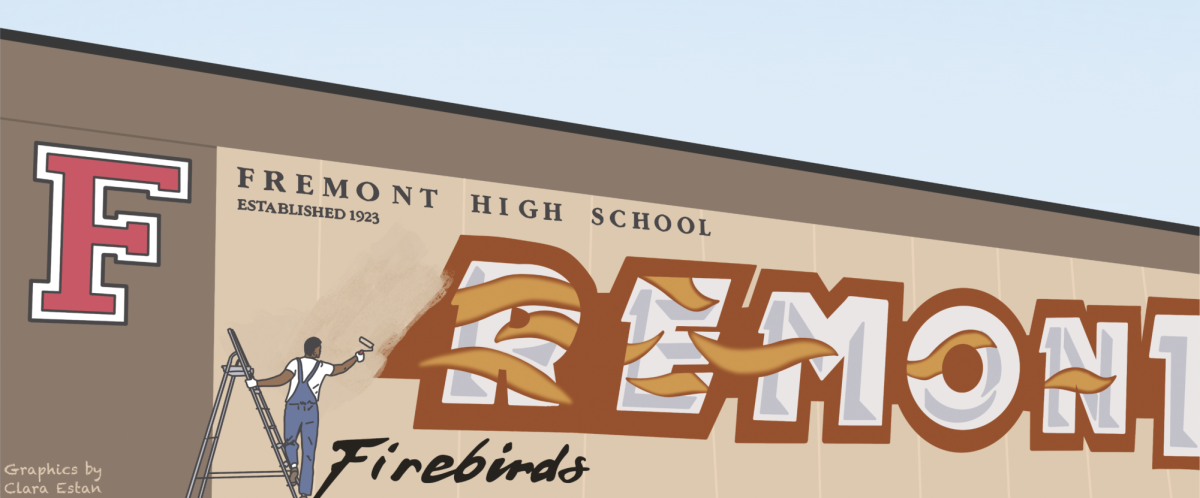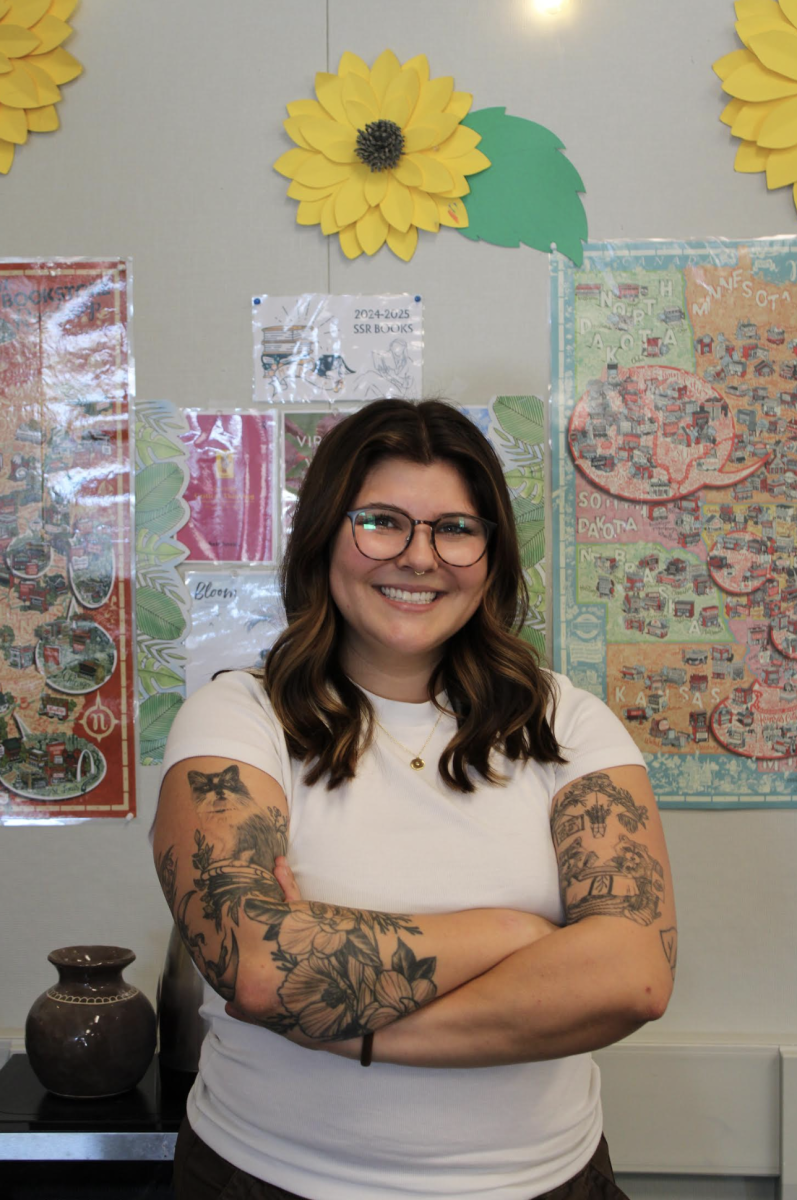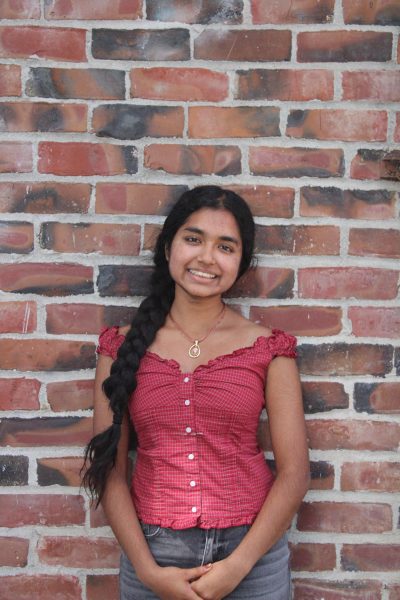Of all the high schools in FUHSD, FHS has the most diverse demographics. Among the 2000+ students, the most prominent demographic groups according to the FHS School Profile include: 44% Hispanic, 24% Asian, 16% white, 7% Filipino/Pacific Islander, 6% Multiracial and 1% Black. In addition to the racial groups on campus, many students identify with religions which further contributes to the diversity on campus. However, racist stereotypes and remarks are still prominent throughout high schools, which is a major issue that staff have been trying to combat.
Despite being the largest racial group on campus, students from the Hispanic community have expressed that they feel overlooked and misrepresented due to the negative stereotypes that are directed towards them. FHS junior Judith Primitivo Lopez shares her experience of being stereotyped by another student.
“I’m in a higher math class, [and another student] said, ‘I’ve never met a smart Latina,’” Lopez said. “That’s an example of the stereotypes that follow the Hispanic community.”
Earlier this year, in February, students from FHS participated in a student-led walkout in response to the Border Patrol raids occurring in Southern California. While the FHS guidance team hosted a meeting providing resources for this issue, Lopez mentions how more resources and support would have been more beneficial.
“I feel like admin is helping, I just feel like they’re not doing enough,” Lopez said.
Another prominent issue on campus is the common use of the n-word amongst students. This issue has garnered attention from the Western Association of Schools and Colleges and was brought up during a meeting by students at FHS. In an email, a WASC representative wrote that the number one area for growth at FHS would be to “address student-reported concerns regarding the use of racial slurs.” A recent instance of racist remarks being used was in March, when bathroom stalls were vandalized with derogatory language. This included three instances of the n-word and various other derogatory slurs. As a response, FHS Principal Bryan Emmert sent out an email regarding this issue. Despite the blatant racism, many students view this language as “normal” and may not view derogatory terms as harmful. FHS physics teacher Maurico Rangel explains the prevalence of this language among youth.
“It’s really hard to say [the reason behind teens saying slurs] with this particular age group,” Rangel said. “But if these things aren’t addressed at this age, then these are things that are carried forward with.”
During the start of the Israel and Palestine conflict, FHS hosted two assemblies on the topic, with the goal of easing tensions. However, there were downsides to these assemblies, as students from other demographics expressed feeling unrepresented, since stereotypes and harmful slurs that affect their community were not addressed. Emmert explains the downsides of these assemblies.
“Because we’re so diverse, it’s hard to address things that are directly applicable to every single group,” Emmert said.
Emmert also explained the logistical issues of having multiple assemblies, such as taking class time away and the fact that not all students may take his word seriously.
“I don’t want us to do things that really kind of come off as performative, where I usually get on and make an announcement,” Emmert said. “Because for the students that are doing that, does that have any power?”
Instead, Emmert created a Racial Equity Student Leadership Academy (RELSA) composed of a select number of students encompassing multiple demographics within FHS to brainstorm ideas that highlight the importance of diversity while tackling issues such as racism. To start executing their ideas, Emmert and the RESLA are creating a presentation to show during freshman orientation about cultural diversity at FHS and the zero-tolerance policy toward racism on campus.
With the abundant diversity on campus and the ongoing issue of racism, it is important that these issues are addressed in an appropriate and effective way, since FHS has such a diverse student body.


